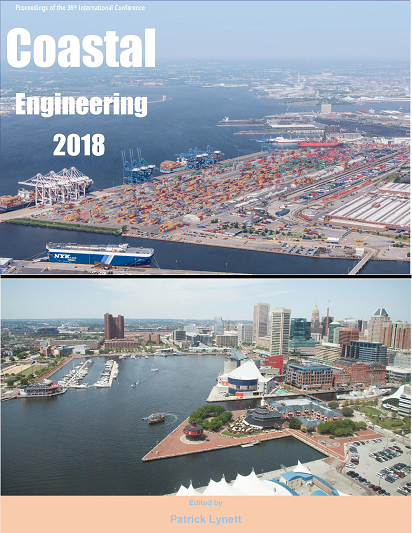Abstract
Sea level rise (SLR), changing storminess patterns, and development have exposed coastal communities to chronic coastal change and flooding hazards. Several U.S. Pacific Northwest communities are at high risk from coastal hazards and local decision makers often lack tools for developing adaptive capacity to increase resilience, particularly under climate change. Several sectors (e.g., local community groups, emergency managers, and land use planners) have recently begun to define responses to perceived increases in the frequency and magnitude of coastal hazards. Here we describe the efforts of a group of Oregon State University researchers and students, outreach specialists, and coastal community members in both Tillamook County, OR and Grays Harbor County, WA who are assessing climate change impacts and associated evolving community and ecosystem resilience.References
Bolte, Hulse, Gregory and Smith (2007): Modeling biocomplexity -- agents, landscapes and alternative futures. Environmental Modeling and Software 22(5): 570-579.
Serafin and Ruggiero (2014): Simulating extreme total water level events using a time-dependent, extreme value approach, Journal of Geophysical Research - Oceans, 119, 6305-6329, doi: 10.1002/2014JC010093.
Authors retain copyright and grant the Proceedings right of first publication with the work simultaneously licensed under a Creative Commons Attribution License that allows others to share the work with an acknowledgement of the work's authorship and initial publication in this Proceedings.

